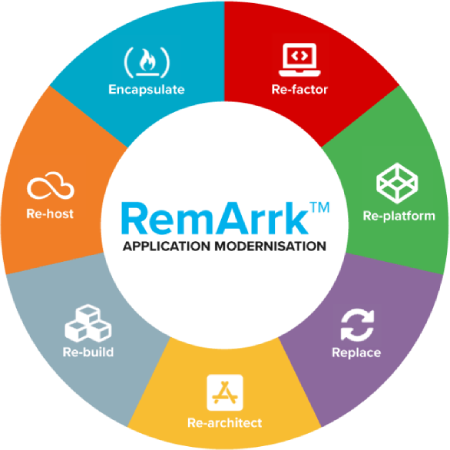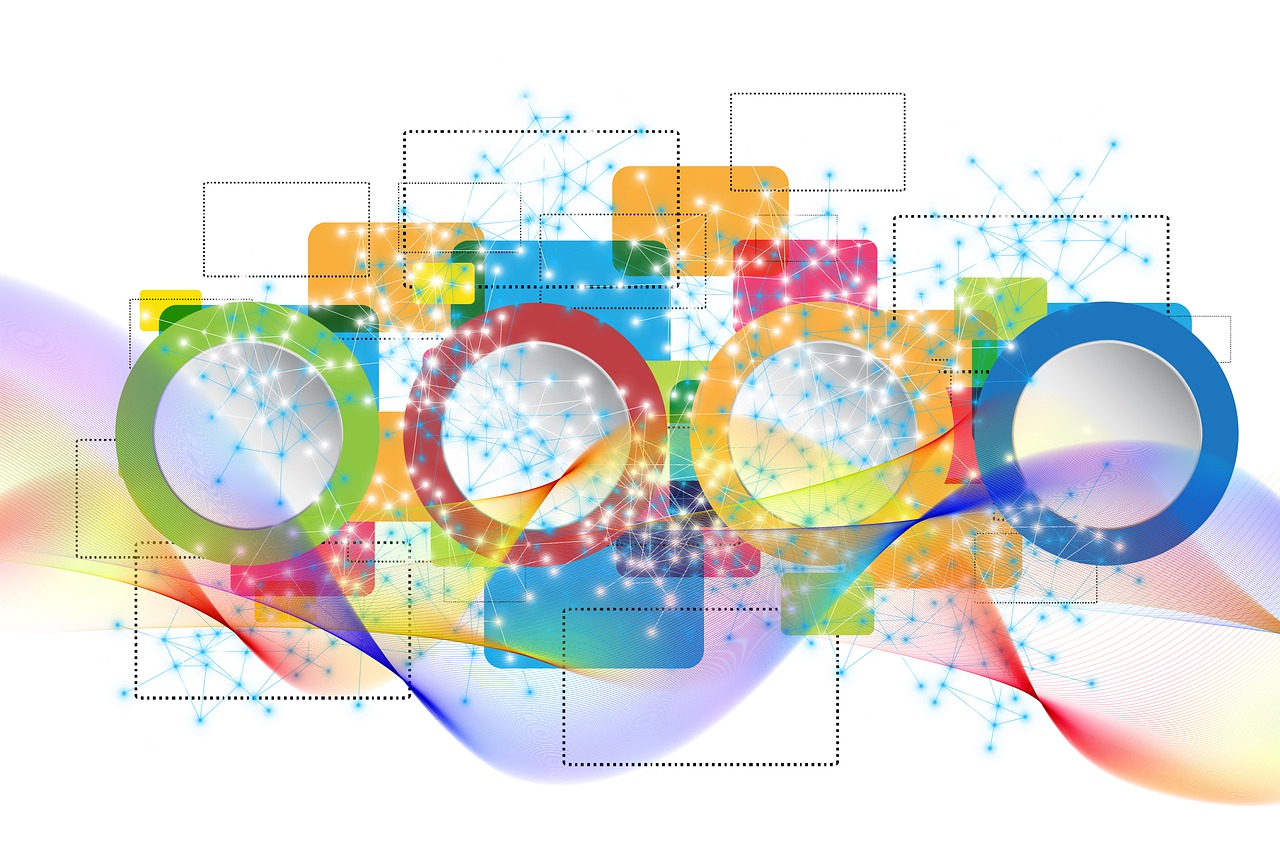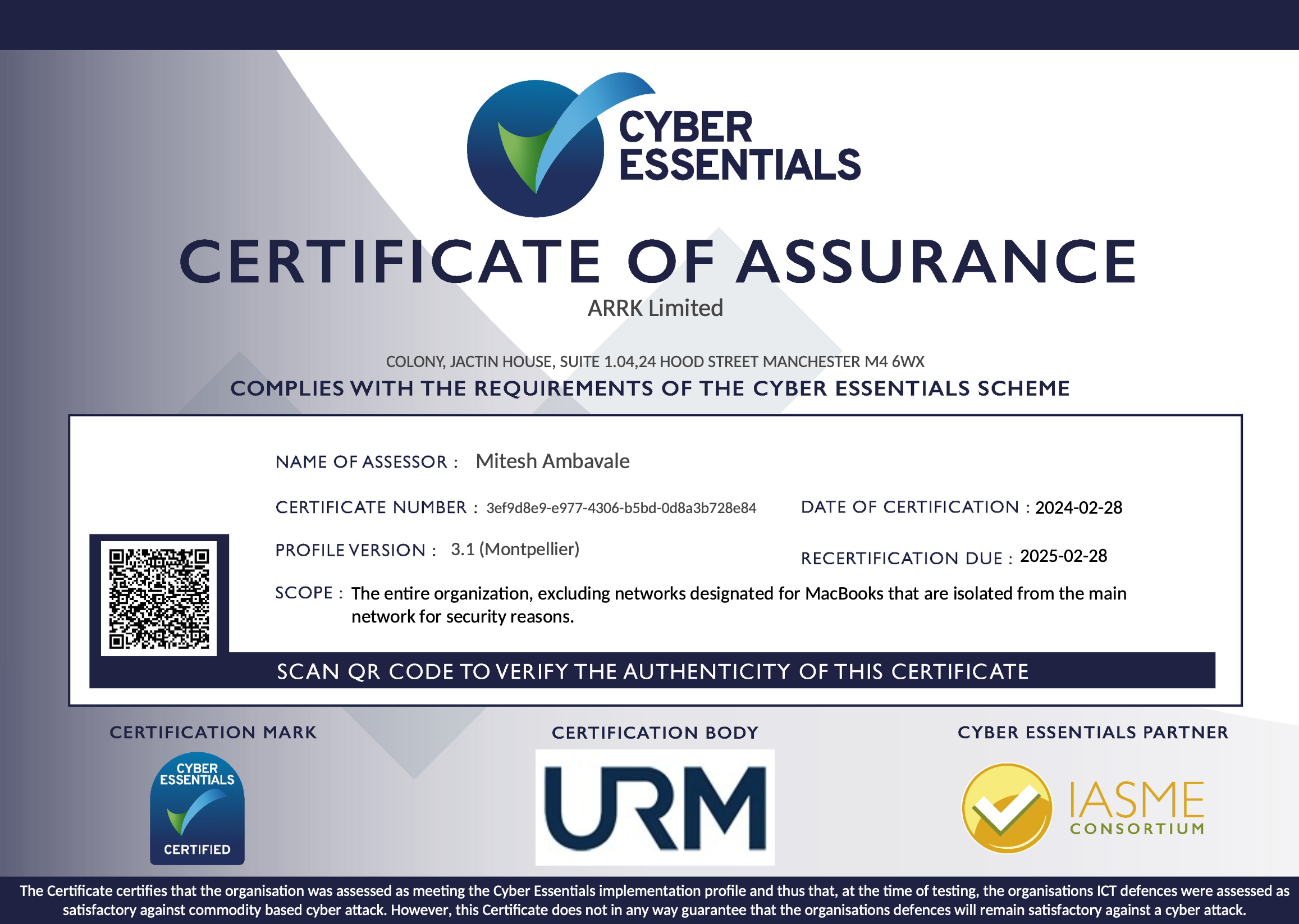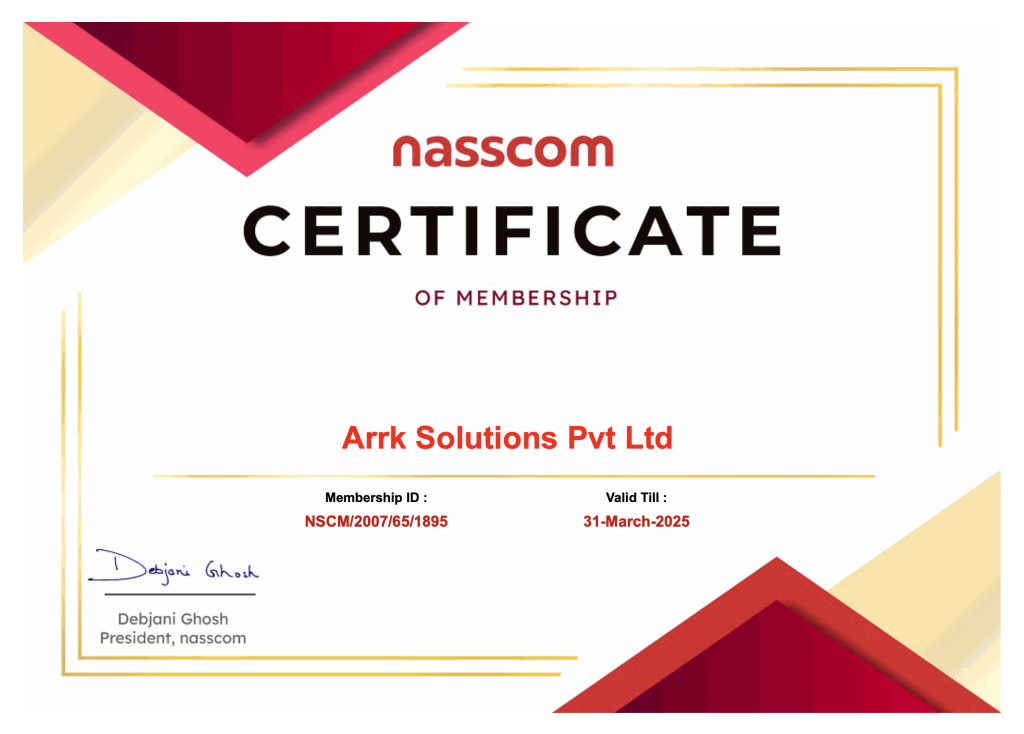




Remain Competitive by Replacing
As the pace of technological change has increased, many organisations have found their application estates have built up significant technical debt. Constrained budgets, shortage of experienced staff and a pressure to focus on functional delivery over and above technology can lead to applications whose architectures may be considered legacy at worst, or in need of attention at best.
As businesses seek to remain competitive and deliver new product and services to market rapidly they demand more from IT. Where an internal application(s) has traditional monolithic architectures or have lagged behind the pace of technological change, then legacy technology stacks can impede the growth of a business and its ability to respond to market disruption and the demand for product and service innovation.
Therefore, in order to remain competitive, it is important that organisations look to modernise their legacy systems.
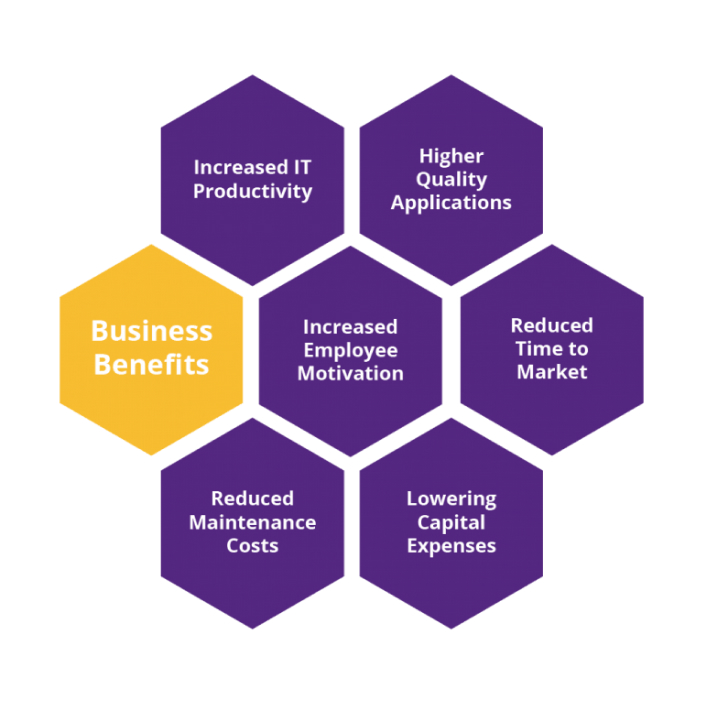
Minimising Risk During Modernisation
The outcomes from our discovery phase inform our application modernisation recommendations, and helps ensure that architectural and technical change is aligned to the needs of the business and isn’t simply technology change for technologies sake. “Big Bang” modernisation can carry with it a big risk, therefore Arrk’s approach is to work collaboratively with customers, using a defined best practice process to define vision and a minimum viable product (MVP). Subsequent iterations reduce reliance on the legacy system before a point is reached where the legacy system can be safely decommissioned.
We are technology and architectural pattern agnostic and deliver both cloud and on-premise architectures and work with DevOps practices, container technologies, micro-services and more.
Insights
Why choose us?
Advantages

Experienced employees who
serve customers globally.

Advanced 20+ years
of experience

Partnerships with leading
technology companies.



